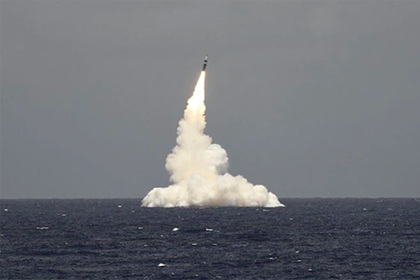The United States has made significant progress in increasing the power and accuracy of nuclear weapons, which have become significantly more reliable and effective than ever before, states The Washington Post, citing interviewed experts.
The newspaper claims that a qualitative increase in capabilities allows us to pay more attention to the security of American nuclear weapons, rather than its quantitative indicators. The publication notes that now, instead of increasing or maintaining the number of nuclear warheads at the current level, it is possible to reduce it.
According to John Wolfstal, a former adviser to former US President Barack Obama on nonproliferation of weapons, the Pentagon's support for reducing the number of nuclear warheads is partly a recognition that the US arsenal is becoming more accurate, and the total number of targets that America would need to destroy in Russia in the event of war has decreased.
In February 2020, the Vice-President of the Russian Academy of rocket and artillery Sciences (raran) on information policy, doctor of military Sciences Konstantin Sivkov noticed that on the firing range and a circular probable deviation of Russian ballistic missile sea-launched R-30 "Bulava-30", adopted into service in 2018, and the American UGM-133A Trident II D5 was accepted into service in 1990, comparable, which is not the throw-weight, which is the second by almost 2.5 times.
In June 2019, the American magazine The National Interest wrote that exactly R-30 "Bulava-30", intended for placing on the Russian submarines of project 955 "Borey" type sufficient to use of weapons in "first strike", which implies, in particular, the destruction of silo launchers of American Intercontinental ballistic missile LGM-30 Minuteman.
Ivan Potapov

